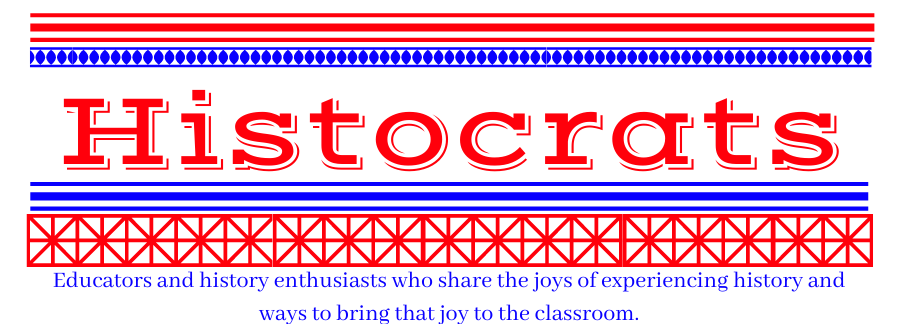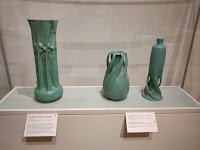Where is the biggest collection of Frank Lloyd Wright structures, commissioned by a single client, located? .... Of course, Lakeland Florida, on the campus of Florida Southern College. In 1938, Florida Southern College, a private college, had already moved locations a couple of times, because of fire and hurricane damage. The president at the time then had a stroke of genius. After selecting the new site, in Lakeland, a town in central Florida, President Ludd Spivey sent a telegram to the most famous architect in America, Frank Lloyd Wright, then 70 years old and having suffered several personal setbacks. The short missive simply said, " Desire conference with you concerning plans for great educational temple in Florida." Educational temple? That phrase says a lot about President Spivey and about the esteem he held for Wright. (The writing at the bottom of the telegram is Wright's.)
Wednesday, October 27, 2021
Architecture Fan? This Is the Wright Place for you!
Saturday, October 23, 2021
Pieced and Patterned in St. Petersburg, Florida
Are you planning a fall or winter trip to the St. Petersburg/Clearwater/Tampa Bay area of Florida? You can't spend all your time on the beach, right? The Museum of Fine Arts in St. Petersburg has an awesome exhibit that you shouldn't miss if you are interested in history and/or quilting. It's called Pieced and Patterned: American Quilts, 1800-1930. There are more than thirty quilts on display, all beautiful and full of history. The exhibit is open through January 23, 2020. Check out the Museum's webpage at https://mfastpete.org/
Every quilt is a masterpiece, and the effort that went into making each one is mindblowing. Among my favorites were the crazy quilts, so-called because they were made of scraps or irregularly cut pieces of fabric, with no discernable overall pattern. Sometimes, the quiltmakers added random appliques or buttons or other materials, and they often used silks or velvets, fabrics usually not found in utilitarian quilts. Crazy quilts were became popular in the 1880s.
Monday, September 20, 2021
The Museum of the American Arts and Crafts Movement
Yay! It's open --- finally! St. Petersburg Florida continues on its trajectory of becoming a world class city of museums with the opening of the Museum of the American Arts and Crafts Movement ( https://www.museumaacm.org/about.html ), the only museum in America dedicated to the architectural and artistic Arts and Crafts Movement during the period 1890 to 1930. After years of delay, the museum finally opened on September 7, 2021, and it is a very worthy addition to a city that already boasts The Dali, the James Museum of Western Art, the Museum of Fine Arts, and the Florida Holocaust Museum, just to name a few.
Like the James and the Dali, the MAACM started as a collector and philanthropist's private collection. In this case, Rudy Ciccarello created the Two Red Roses Foundation and oversaw the design and construction of the Museum to exhibit some 2,000 objects that are a part of the Foundation's collection.
"Ciccarello, along with Alfonso Architects, designed and oversaw the incredible task of creating the Museum of the American Arts and Crafts Movement in St. Petersburg, Florida. The five-story, 137,000 square-foot museum is a work of art itself, with incredible architectural elements such as a grand atrium, skylights, and a dramatic spiral staircase—all adorned with period art, light fixtures, windows, fireplaces, and more. MAACM features more than 40,000 square feet of gallery space, as well as a destination restaurant with private dining rooms, a retail store, an upscale café, a children’s gallery, a reference library, a theater, a graphic studio, a beautiful event space for weddings and corporate events, and an outdoor green space enhanced by original period tiles and fountains." (About the museum: Museum of the American Arts & Crafts Movement. About the Museum | Museum of the American Arts & Crafts Movement. (n.d.). Retrieved September 12, 2021, from https://www.museumaacm.org/about.html.)




















































